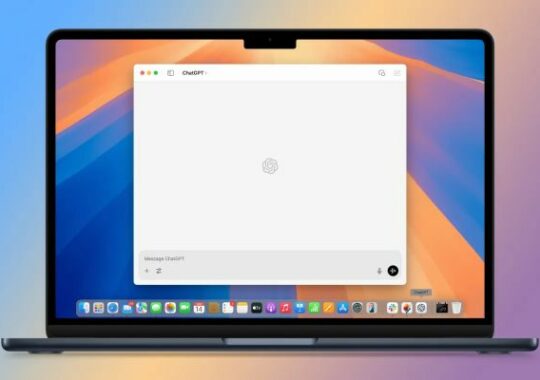In comparison to other parts of the world, the smartphone market in Africa appears to be growing, according to Canalys’ quarterly analysis. The total number of smartphones shipped to the continent between July and September 2023 was 17.9 million, a 12% increase over the same period the previous year.
With a 48% market share—nearly twice as much as Samsung, which came in second—Transsion, the company that owns the Tecno, Infinix, and iTel brands, continued to dominate the industry.
Compared to the macroeconomic challenges that decision-makers are facing elsewhere, the region showed strong resilience in both supply and demand. For instance, despite a sharp devaluation of its currency, South Africa experienced a 20% growth.
According to Canalys Senior Consultant Manish Pravinkumar, customers wanted mid-tier gadgets with large screens and batteries to keep them occupied during blackouts. Sales of entry-level smartphones increased in Nigeria and Egypt as well, with Xiaomi giving priority to the Redmi Note 12 4G, Redmi 12, and Redmi 12C models.
After the war in Ukraine and the withdrawal of indirect investment, Egypt, for instance, was having trouble paying for its imports of goods, including smartphones, due to a shortage of hard currency. After the import restrictions were lifted, the number of smartphones in the nation increased by 19%.
Samsung took a different approach, while Transsion, Xiaomi, and Realme all focused on promoting their reasonably priced devices. The company chose to promote foldable devices in order to gain a favorable position in the premium segment, which is not very popular in Africa, while maintaining sales of its Galaxy A series to maintain volume.
Huawei’s approach in the area, according to Canalys, was to collaborate with regional software providers. In this manner, it can address the absence of GMS on its Android devices and improve the usability of Huawei Mobile Services.
According to Canalys, the growth in Africa is not an isolated event. But demand is anticipated to decelerate, with growth in 2024 likely to be in the single digits.
More and more nations on the continent are embracing smartphones. But there are still obstacles, like depreciating currencies, import duties, and government campaigns to support domestic producers, which drive up the cost and price of imported goods like smartphones.




